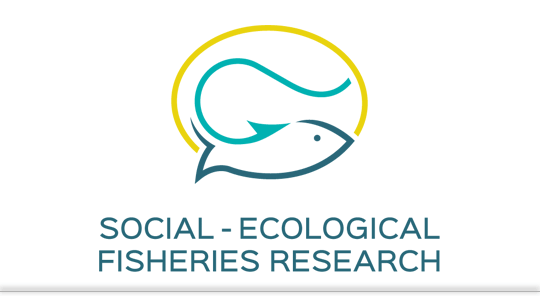When debated publicly, the challenge to reconcile fishery resource use and resource conservation is often only discussed with regard to marine commercial fisheries. Recreational fisheries are often not considered despite their high social and economic importance across the industrialized world. This paper addresses key obstacles to the reconciliation of fishery resource use and resource conservation with respect to freshwater recreational fisheries management under quasicommon property regimes of Central Europe. It is argued that it is crucial to understand the human dimension of fisheries. Nine human dimensions related obstacles operating either at the societal level or at the level of individuals (or groups of stakeholders) were identified and are briefly summarized. These include: (1) lack of social priority; (2) lack of integrated approaches; (3) lack of cooperative institutional linkages; (4) lack of systems thinking; (5) lack of research and monitoring; (6) lack of shared values and dominance of stereotyped perceptions; (7) lack of consideration of the demand side of fishangler interactions; (8) lack of self-criticism among angler lobbyists; and (9) lack of self-criticism among individual anglers. Potential solutions to overcome the identified obstacles are presented. It is concluded that although an understanding of the biological and ecological dimensions of recreational fisheries remains at the heart of any effort towards sustainability, the success of recreational fisheries management crucially depends on the human dimension. If some of the elements presented in this review are considered, the prospect for reconciliation of resource use and resource conservation in traditional recreational fisheries management will be enhanced.
Social barriers to sustainable recreational fisheries management under quasicommon property fishing rights regime
Peer-reviewed

Arlinghaus, R. (2008). Social barriers to sustainable recreational fisheries management under quasicommon property fishing rights regime. American Fisheries Society Symposium, 49, 105–122
Published
: 2008
Appeared in
: American Fisheries Society Symposium, 49, 105–122
